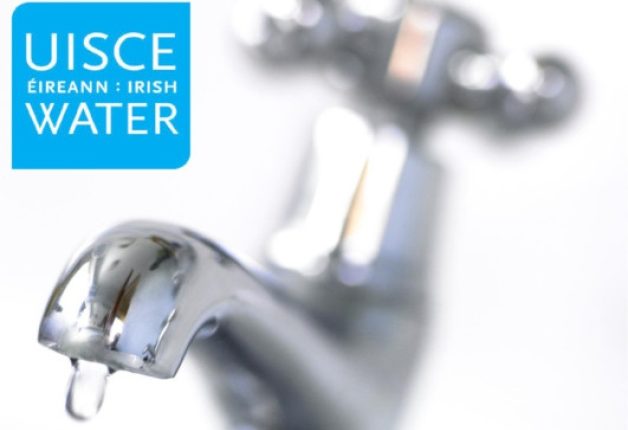Work is continuing in Donegal to secure high quality water supplies for over 45,000 people. Irish Water is progressing projects which will see the removal of 12 water supplies in Co Donegal from the Environmental Protection Agency’s (EPA) Remedial Action List (RAL). Irish Water has prioritised a programme of works to ensure their removal for the benefit of over 45,000 people.
Irish Water has adopted a single national Asset Management approach to drinking water safety that allows us to have one integrated way to plan investment, maintenance, and standard operation and monitoring of our treatment plants. This allows Irish Water to prioritise the most urgent upgrades to water supplies in Ireland, including in Donegal, so that they meet international standards. We need to invest more than €2 billion in drinking water by 2021, but significant progress is already being achieved each year by having a single national approach.
The EPA Remedial Action Lists groups different risks to the water supply and Irish Water is working hard in Donegal to bring those individual water supplies off the RAL and ensure a safe, secure and reliable water supply for all customers.
There are no Donegal water schemes on boil water notices but Cryptosporidium is a very real threat to the water supply if the proper barriers are not in place. Irish Water is currently upgrading or constructing three new plants to include a cryptosporidium barrier, at Glenties-Ardara, Owenteskna-Kilcar, and Letterkenny.
Seven water supplies in Donegal serving 7,700 customers have elevated THM levels, which have been recorded as above the standard in the Drinking Water Regulations. THMs, or Trihalomethanes are chemicals formed as a by-product of chlorination, the important process that removes harmful bacteria from drinking water. While removing THM’s from drinking water is a priority for Irish Water, the disinfection of drinking water is vital in order to prevent the real risk of illness and potential fatalities from those consuming water contaminated with harmful bacteria.
While works are taking place at the Cashilard water treatment plant, the long term solution is to replace the supply with the Ballyshannon water supply. In Creeslough the treatment plant is being upgraded, while the Fintown and Portnoon-Nairn water supplies will be discontinued and replaced with the Lettermacaward water supply. Both the Rathmullen and Greencastle sources will also be discontinued and replaced with Letterkenny and East Inishowen water supplies respectively.
Two other Donegal schemes which are on the RAL are Pettigo affecting 312 people and Gortahork-Falcarragh affecting over 4,000 people. In Pettigo the disinfection and filtration systems are being improved. In Gortahork-Falcarragh, where there are high levels of aluminium in the water a new plant is under construction.
Speaking about the RAL and the ongoing work in Donegal, Irish Water’s Regional Compliance Specialist Pat O’Sullivan said: “The publication of the latest RAL update is a confirmation of the focus and dedication of Irish Water and Donegal County Council in ensuring the delivery of clean and wholesome water in the county.
“As a single utility Irish Water can take a comprehensive look at the overall performance of Ireland’s drinking water production plants for the first time so that when the most serious problems are identified like some of the issues in Donegal, projects and budgets can be prioritised.”
The work to improve drinking water supplies on the RAL in Donegal is part of the major investment of €73 million committed by Irish Water to water supply projects in Co Donegal over the next four years which will directly benefit 90,000 people. Working with Donegal County Council, delivering these projects will make a real and important difference to our customers. By building four new treatment plants and upgrading existing plants we can decommission a number of smaller underperforming plants and removal of 12 water supplies from the EPA’s list of supplies at risk of contamination.









